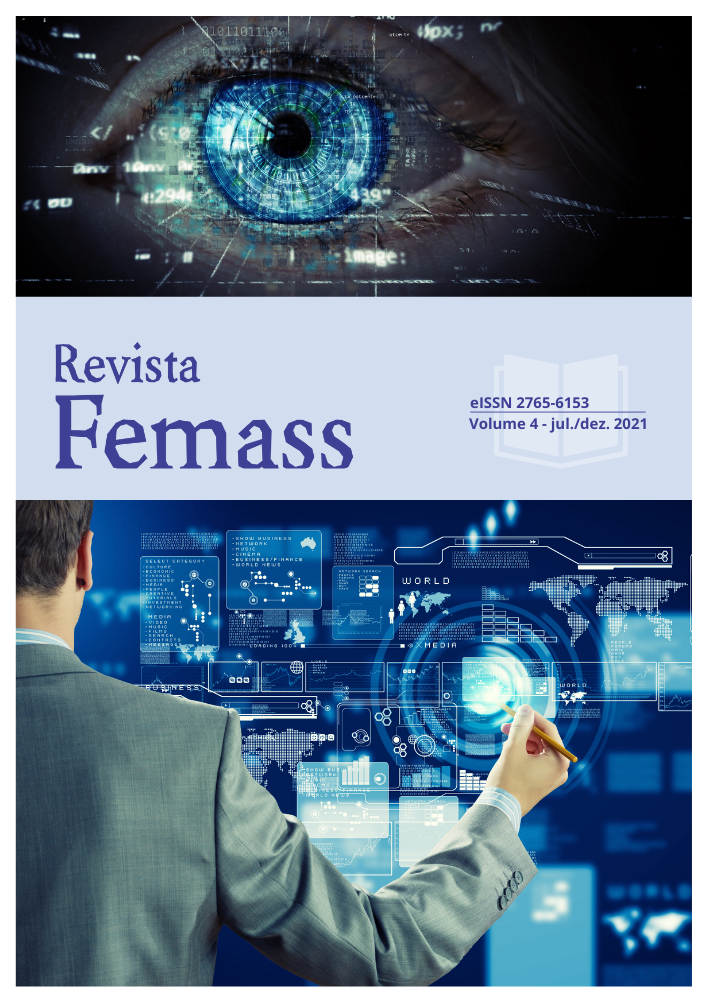AVALIAÇÃO GEOQUÍMICA DA EXTENSÃO DA BIODEGRADAÇÃO DE ÓLEOS DA BACIA DE SANTOS VIA PETROLEÔMICA POR ESI(-) FT-ICR MS
DOI:
https://doi.org/10.47518/rf.v4i1.61Keywords:
Compostos ácidos, Biodegradação, FT-ICR MS, Petroleômica, Geoquímica orgânicaAbstract
Oil samples from the pre-salt and post-salt Santos Basin were geochemically investigated to assess biodegradation, which affect the quality of the produced oil. The used conventional gas chromatography techniques, e.g., GC-MS and GC-FID, were not sufficient to differentiate the extent of biodegradation among the samples considering only the saturated and aromatic compounds from the oil. However, the analysis of the polar compounds by Fourier transform cyclotron resonance mass spectrometry (FT-ICR MS) assisted in a better evaluation of biodegradation. This was possible since the post-salt sample showed greater abundance for the O2, lower values of A/C and modified A/C ratios, and higher value for modified SA index than post-salt samples, due to, respectively, the higher abundance of naphthenic acids formed due to biodegradation, to the degradation of acyclic acids that are more susceptible to biodegradation, and the formation of cyclic acids from DBE 2, 3, 4 and 5 with biodegradation. Therefore, the post-salt oil sample is more biodegraded than the pre-salt samples, or is a mixture including biodegraded oil. Although caution should be taken in evaluating biodegradation using O2 class compounds, considering that they can be altered by other factors, the central idea of this work is show that biodegradation affects this class in a very characteristic way, removing acyclic acids and generating cyclic acids.


